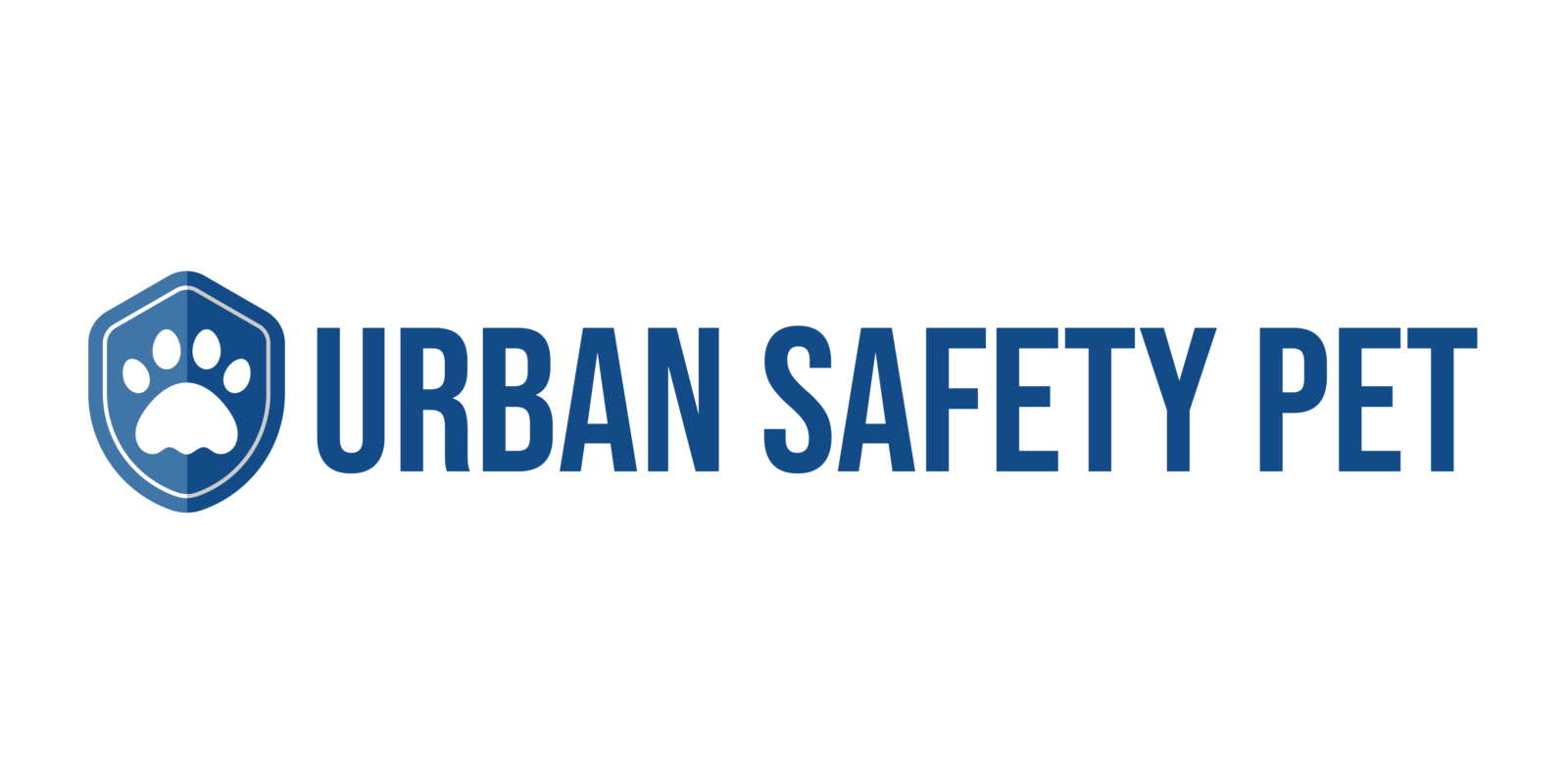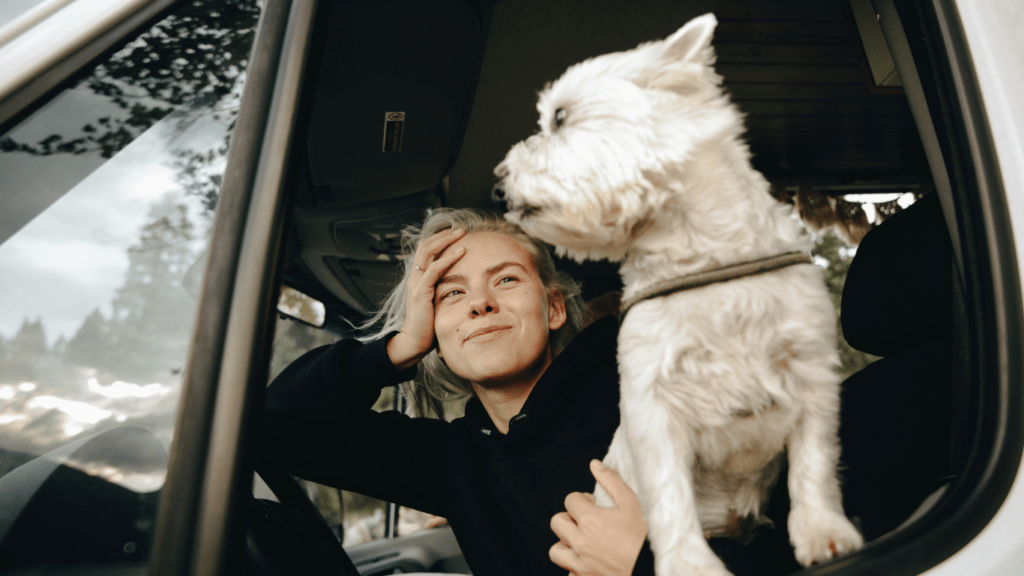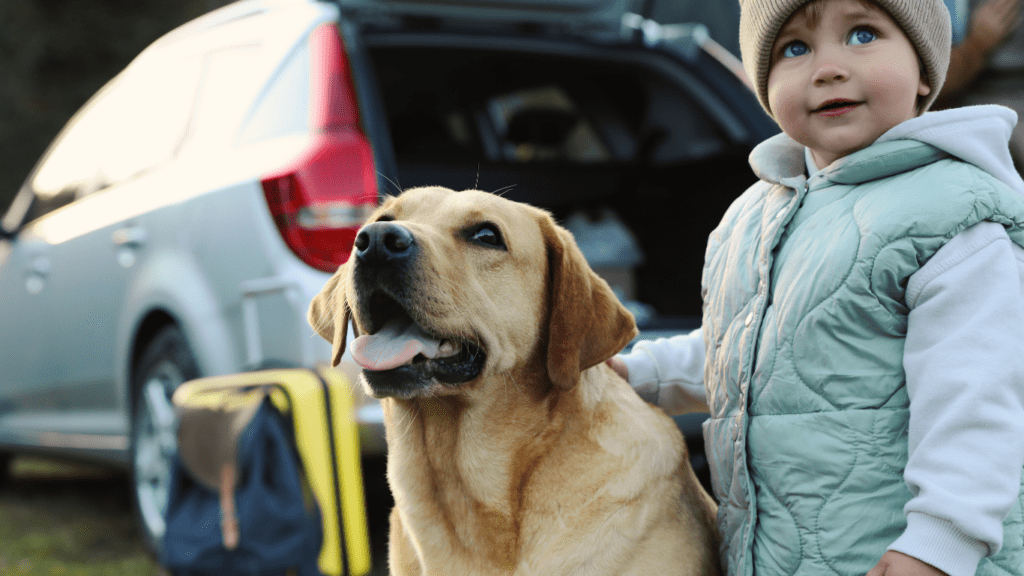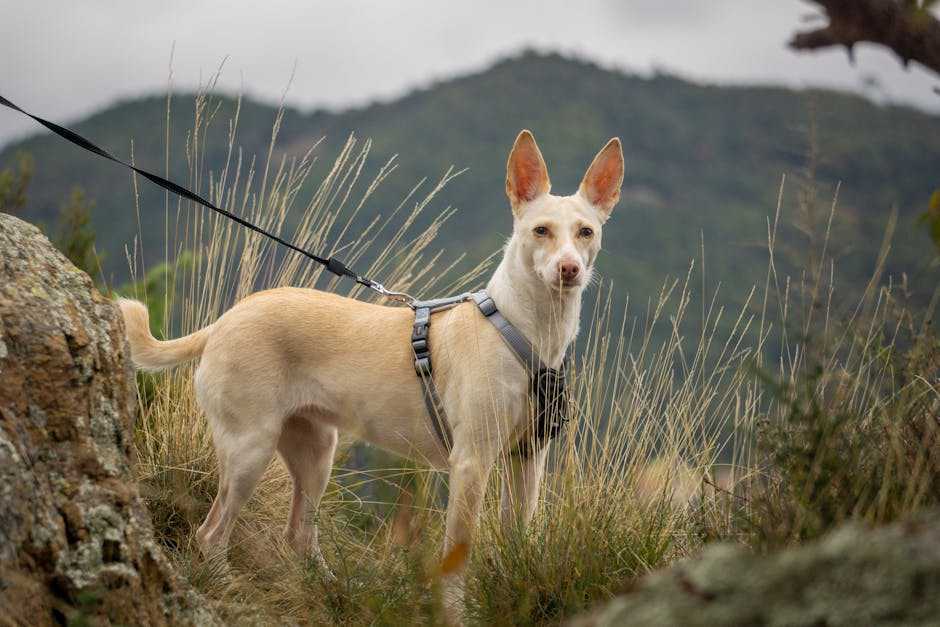Understanding Pet Anxiety During Travel
Pets often experience anxiety during travel, making the journey stressful for both pets and their owners. Recognizing the signs of anxiety and understanding the reasons behind it can help you take steps to keep your pet calm.
Common Signs of Travel Anxiety
Recognizing the symptoms of travel anxiety in pets is crucial. Common signs include:
- Excessive Panting: Dogs, especially, pant heavily when stressed. For instance, if your dog starts panting more than usual before or during travel, it might be anxious.
- Whining or Barking: Vocalization spikes often indicate discomfort or fear. Cats may meow incessantly, and dogs could whine or bark.
- Trembling or Shaking: Both dogs and cats might shiver when they’re anxious. This is more noticeable in dogs due to their physical size.
- Hiding or Trying to Escape: Pets often attempt to hide or escape from carriers or vehicles when they’re scared.
- Refusing to Eat: An anxious pet might ignore food, even if it’s a favorite treat or meal. This is a strong indicator of stress.
- Excessive Drooling: Over-salivation, particularly in dogs, indicates travel-related anxiety.
Why Pets Get Anxious When Traveling
Pets experience anxiety for several reasons when traveling, primarily due to unfamiliar situations and environmental changes.
- Lack of Familiarity: Pets thrive on routine and familiar surroundings. The sudden change in environment can unsettle them. For example, different smells, sights, and sounds can be overwhelming.
- Motion Sickness: Many pets, like dogs and cats, experience motion sickness, which exacerbates anxiety. This is similar to how some humans feel dizzy or nauseous during travel.
- Separation Anxiety: Pets that are closely bonded with their owners may feel stressed when confined in a carrier or vehicle, even though their owners are nearby.
- Previous Negative Experiences: If a pet has had a bad travel experience in the past, it might associate travel with fear or discomfort.
- Confinement: Being in a small, enclosed space like a carrier or car can make pets feel trapped or uncomfortable, heightening their anxiety levels.
Identifying the root cause of your pet’s anxiety can help you address it more effectively.
Preparing Your Pet for Travel
Mitigating pet anxiety during travel requires careful preparation. Key techniques focus on gradual acclimation and appropriate accessories to ensure a smooth journey.
Gradual Acclimation Techniques
Gradual acclimation helps pets adjust to travel environments. I recommend starting with short, frequent trips to familiarize your pet with the car or carrier. Increase the duration each time, rewarding calm behavior with treats.
Create positive associations by turning the space into a comfortable area with their favorite blanket or toy. Mock trips without actually traveling can also reduce anxiety by regular exposure to the travel environment.
Choosing the Right Travel Accessories
Selecting suitable travel accessories enhances pet comfort. Use a well-ventilated, secure carrier for smaller pets to prevent harm during travel. Ensure the carrier has a soft, non-slip surface to increase comfort.
For larger pets, install a pet seat belt or a vehicle pet barrier to keep them safe. A portable water bowl and regular hydration prevent dehydration. Using pheromone sprays or anxiety wraps can provide additional comfort if your pet shows signs of extreme stress.
During the Journey
Traveling with pets can be challenging, but following specific strategies can help keep them calm throughout the trip. Practical steps ensure a smoother journey for both pets and owners.
Tips for Car Travel

Securing the Carrier: Secure the carrier to minimize movement and ensure safety. Anchoring a pet’s carrier with a seatbelt reduces the risk of injury in sudden stops.
Regular Breaks: Plan regular stops for bathroom breaks and short walks. Stopping every 2-3 hours provides necessary relief and helps pets stretch.
Temperature Control: Maintain a comfortable temperature inside the car. Avoid extreme temperatures by using air conditioning or heating as needed.
Tips for Air Travel
Choosing Direct Flights: Select direct flights when possible to reduce stress. Minimized travel time means fewer opportunities for distress.
Pet-Friendly Airlines: Research airlines with good pet policies. Prioritize those with a solid reputation for pet care.
Calming Aids: Use vet-recommended sedatives or calming collars if approved. These aids can help pets manage anxiety during flights.
Ensuring Comfort and Safety
Soft Bedding: Use soft bedding inside carriers for comfort. Plush materials help pets feel secure.
Hydration: Offer water frequently to prevent dehydration. Portable bowls are handy for this purpose.
Familiar Items: Place a favorite toy or blanket in the carrier. Familiar scents provide comfort and reassurance.
Keeping your pet calm during travel requires preparation and attentiveness. Implementing these tips can enhance both comfort and safety, making the journey a positive experience.
Natural Remedies and Products
Using natural remedies can significantly reduce your pet’s anxiety during travel. Here’s how calming aids, supplements, and aromatherapy can help.
Calming Aids and Supplements
Calming aids and supplements can ease your pet’s stress. Popular options include:
- CBD Oil: Derived from hemp, CBD oil reduces anxiety. It’s non-psychoactive, making it safe for pets.
- Melatonin: Helps regulate sleep and calm nerves. It’s particularly useful on longer trips.
- L-Theanine and L-Tryptophan: Amino acids that promote relaxation. These are often found in calming chews.
Always consult a veterinarian before introducing new supplements to ensure they’re safe and suitable for your pet.
Using Aromatherapy for Pets
Aromatherapy, when used appropriately, can soothe anxious pets. Effective methods include:
- Lavender Oil: Known for its calming effects. A few drops on a cloth inside the carrier can help.
- Chamomile: Offers relaxation benefits. Use similar to lavender for optimal results.
- Valerian: Acts as a mild sedative. It’s best used in a diffuser for a mild, calming effect.
Ensure your pet doesn’t ingest essential oils directly. Focus on using aromatherapy in a controlled manner to support a calm travel experience.
Expert Advice
Every pet’s comfort during travel is crucial. Here are some expert recommendations to keep pets calm on journeys.
Consultation with a Veterinarian
A vet can provide tailored advice based on a pet’s health. Discussing travel plans with a vet ensures the pet’s current medical condition won’t be compromised. Vets can prescribe medications if needed. Anti-anxiety medications can be particularly beneficial for pets prone to stress.
Behavioral Training Tips
Training can significantly ease travel-induced anxiety. Gradual exposure to travel environments helps build familiarity. Start with short, frequent car trips. Praise and reward calm behavior immediately to reinforce positive associations. Crate training can also provide a sense of security. Make the crate a comfortable, positive space at home first. Then gradually transition to using it during travel.




